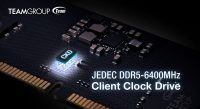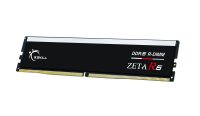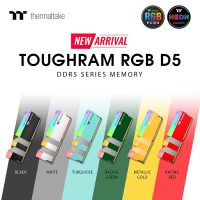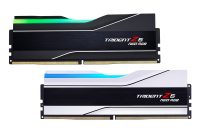(Auszug aus der Pressemitteilung)
SEOUL, Korea, May 6, 2010 – Samsung Electronics Co., Ltd., the world leader
availability of an eight gigabit (Gb) OneNAND chip that takes advantage of
advanced 30 nanometer (nm) class* process technology. Based on a
single-level-cell (SLC) NAND flash design, the new high-density OneNAND
addresses the need for more code data storage in smartphones, a trend being
driven by the increasing use of diverse application software and larger
amounts of multimedia software. The high-density OneNAND memory is now
sampling with volume production scheduled by the end of this month.
“We are happy to see that our advanced 30nm-class NAND solution is being
widely adopted in smartphones,” said Sejin Kim, vice president, Flash
memory planning/enabling, Samsung Electronics. “The availability of an 8Gb
OneNAND chip will add considerably to our diverse line-up of advanced
mobile memory solutions.”
“Not only does our new OneNAND nicely address the need for higher density
memory in smartphones, but it will enable the addition of many more
features, bringing greater customer value, while broadening the scope of
the OneNAND market.”
The 8Gb OneNAND features the reliability of a SLC design and the proven
performance of OneNAND, which reads data at 70 megabytes per second (MB/s),
more than four times the speed of conventional NAND (17MB/s). These
characteristics and a low-voltage design make it a particularly attractive
solution for handling the growing amount of code data used with touch
screens and other high resolution smartphone features.In addition, by
applying advanced 30nm-class process technology, Samsung is able to raise
productivity by 40 percent over its previous 40nm-class design.
Since 2004, Samsung has expanded the adoption of its OneNAND as a
high-performance solution that can be applied to handset applications
without having to develop separate software.
OneNAND memory can be used as buffer memory not only for ‘writes’ in the
system – thanks to its faster-than-NAND ‘write’ speeds, but also as a
buffer for faster, high-performing ‘read’ operations thank to its NOR flash
interface.
According to market research firm, iSuppli, the demand for embedded NAND
flash in mobile handsets is expected to reach 1.1 billion units (1 gigabyte
(GB) equivalents) in 2010 and more than doubling to 2.5 billion 1GB
equivalent units in 2011. Moreover, the Strategic Analysis firm forecasts
that demand for smartphones will reach 285 million units in 2010 and grow
to 580 million units in 2013.




Neueste Kommentare
26. April 2024
19. April 2024
17. April 2024
17. April 2024
5. April 2024
23. März 2024